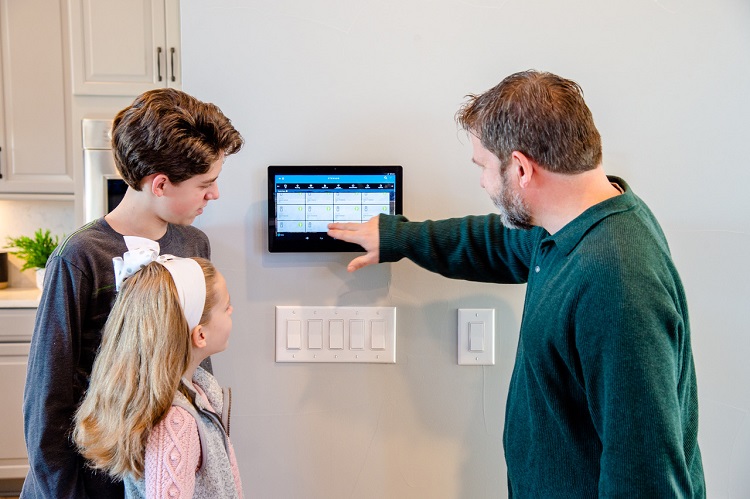What You Should Know About Smart Cities
And, how to know if the city will succeed long-term
Walker Hinshaw //June 24, 2019//


What You Should Know About Smart Cities
And, how to know if the city will succeed long-term
Walker Hinshaw //June 24, 2019//

After years of talk, testing and tinkering, smart cities are finally emerging in the real world. While it will take decades for established cities such as Denver to swap out old infrastructure for smart technologies, new master planned communities are being built with this technology from the ground up.
Smart features are increasingly becoming part of the home-buying equation. Communities that embrace smart technologies will likely see quality of life (and property values) outpace otherwise similar communities.
However, not all smart communities are created equal. For smart communities, having the right mindset is key. Communities that focus on building a strong base of connected infrastructure and homeowner experiences will fare better than those rolling out half-baked technologies for marketing purposes. Below are a few things to look for when evaluating whether a smart city is positioned to succeed long-term.
Fiber Connectivity
The foundation for any smart community is fiber connectivity. Even with the rise of the internet of everywhere, fiber connections will be critical for enabling the wireless technologies of the future. Technologies such as 5G will be dependent on fiber connections to transmit data across the world at ultra-high speeds and ultra-low latency.
Having a robust fiber network essentially future proofs a community. The more control the community has over their own fiber network the better. Control over the network allows the community to use the fiber for its best use instead of taking a back seat to private companies who want to keep out the competition and stifle new technologies.
Connected Streetlights
Even with all this fiber in the ground, communities will need a place to mount all their connected technology. Streetlights are the perfect candidate for this role. They are evenly spread throughout the community and equipment can be placed out of reach and line of sight. Connected streetlights enable low cost deployment of sensors, mass notification systems, 5G technology and more.
Smart Homes at Scale
Communities that properly facilitate the adoption of smart homes will gain the benefits of smart homes at scale. These benefits break down into several categories at the community level including conservation, safety and security as well as community engagement.
Real time utility feedback and smart devices will help communities conserve water, gas and electricity. Studies have shown providing homeowners with real time feedback on their utility usage reduces consumption by about 10%. And that’s just the start. Smart devices such as the Rachio Irrigation Controller are designed to help homeowners reduce consumption without any effort, leading to even greater savings.
Information sharing between homeowners will help increase safety and security. Devices such as Ring have begun to demonstrate the power of easily sharing alerts between neighbors, letting people know when suspicious activity is afoot. This will likely decrease crime in connected communities where criminals know they are more likely to get caught.
As smart home ecosystems increasingly provide opportunities for homeowners, governments and local businesses to engage with each other in productive ways, community engagement will increase. Homeowners will be able to see relevant information ̶ like: “How crowded is the rec center pool?” “What’s going on at the local park?” “What local eateries are having a sale?” ̶ without having to download or engage with additional apps.
When large percentages of the community engage with the app, the community can engage more of its residents and create a stronger sense of place and community.
Conclusion
Smart cities are no longer just beyond the horizon, they are here. As technology continues to evolve, smart city philosophies and features will play an increasingly important role in homeowner purchase decisions and have long-term impacts on property values. Communities that properly plan and implement smart city strategies will see tremendous long-term benefits.
 Walker Hinshaw is the COO of Lumiere Fiber, which is a subsidiary of the Sterling Ranch “Smart” Community in Douglas County where 1,000 residents already live. Lumiere brings fiber infrastructure to homes, businesses and communities.
Walker Hinshaw is the COO of Lumiere Fiber, which is a subsidiary of the Sterling Ranch “Smart” Community in Douglas County where 1,000 residents already live. Lumiere brings fiber infrastructure to homes, businesses and communities.
























